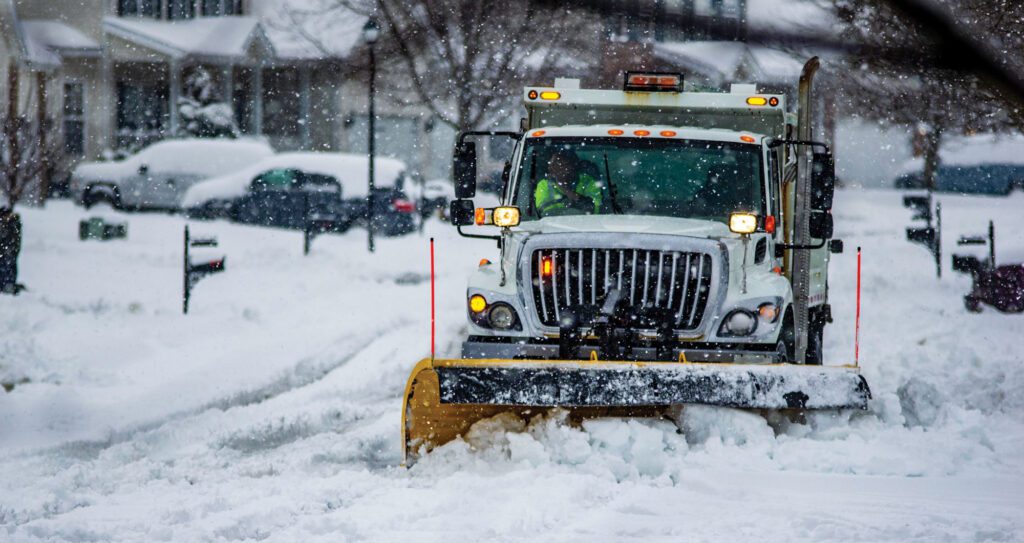We’ve made it through the summer heat and wildfires. After what is turning out to be a lovely, mild fall, many in the North State will need to prepare to deal with winter storms and possible flooding.
Thanks to generous funding from the office of the governor, we have access to vital emergency preparedness on Listos, an information hub website, which provides every Californian, regardless of age, ability, income or language, culturally competent education to prepare for wildfire, flood, earthquake, drought, heatwave and other disasters. Listos California engages a statewide network of community-based organizations, Tribal Government and Community Emergency Response Teams across the state to boost resiliency, provide accessible in-language information and advance a new culture of disaster preparedness.
Information on what to do to prepare for and cope with a variety of emergency situations Californians often face is available at listoscalifornia.org. Resource fliers in 15 different languages, with tips and a QR code to access more information, can be downloaded at listoscalifornia.org/resources.
Listos provides the following tips on how to be prepared for winter weather, what to do in a weather emergency and what to do immediately after an emergency.
Before a Storm
- If you are not signed up for emergency weather alerts on your phone, go to org/alerts, enter your county or zip and get signed up for emergency alerts in your county.
- Learn your risks. Places that have flooded before may flood again. Plan ahead to keep your family safe.
- Storms may close roads and bus routes you usually take. Sign up for local emergency alerts at org/Alerts and learn more from county officials about evacuation routes.
- Gather food, water, medicine and any other resources your family may need.
- Keep your car gas tank at least half full in case you are asked to evacuate. There may be traffic and delays.
- Plan for power outages. Connect with your local utility company to receive alerts or sign up for special programs, especially if you rely on medical devices powered by electricity and refrigerated medicines. Charge devices and backup batteries.
- Prepare for flooding. Move valuable items like important documents or keepsakes to higher levels in your home. Have sandbags, plastic sheeting and other flood control materials ready.
- Prepare for high winds. Remove any dead trees or overhanging branches near structures and secure outdoor objects like garbage cans and furniture.
- Talk to neighbors about how you could work together to help keep each other safe.
During a Storm
- Use official TV, radio and county emergency services channels to get the information you need to be safe.
- Follow instructions from authorities to evacuate or to shelter in place.
- If you need to evacuate, know that public shelters serve everyone and no one can ask you for ID. Some shelters may better serve people with pets. (For information on emergency shelters, visit caloes.ca.gov)
- If a flash flood watch is issued, it doesn’t necessarily mean that a flood will happen, only that it could. Take it seriously. Flash floods can happen quickly.
- If trapped inside by floodwaters, move to higher floors or the roof, but not attics. Call 911.
- Never walk or drive through floodwater. Floodwater may be deeper than you think and can sweep you or your car away. As little as 6 inches of water can make you fall. Just 12 inches of water will float many vehicles.
- If you are outside during a storm, find shelter immediately. Stay away from trees and power lines, especially watch for flying debris.
- Never go near downed power lines. If a power line falls on your vehicle, call 911 and stay inside until trained personnel can remove it.
- Limit travel on icy and snowy roads. If you must travel, let someone know where you are going so they know where to search for you in an emergency. If you become stuck, call 911 and do not leave your car. If you must travel in snow or ice, carry chains and put them on your vehicle before approaching snow covered or icy roads.
- Do not use a gas stove or oven to heat your home. Only use a generator outside, at least 20 feet from doors and windows. Do not use generators in wet conditions. Never use a generator indoors. Its poisonous exhaust can kill in minutes.
After a Storm
- If you evacuated, wait until officials say it is safe to go home. If you can’t go home, find safe shelter by reaching out to local officials.
- Never drive around barricades. Local responders use them to safely direct traffic out of flooded areas or if roads are blocked or closed due to collapsed pavement, debris or downed power lines.
- Avoid contact with floodwater. Floodwater can contain chemicals or waste that can make you and your pets sick.
- Watch for mudslides in areas with saturated ground. Mudslides and debris flows can happen even days after rain has stopped. If a mudslide has happened, avoid the area. Listen to authorities and follow official detours.
- Document and take photos if you have storm damage. Find other recovery resources on government websites.

5 STEPS TO PREPARE FOR ANY DISASTER
STEP 1. GET ALERTS
Set up tools on your phone to get emergency alerts and public safety warning messages where you live and work at ListosCalifornia.org/Alerts.
STEP 2. MAKE A PLAN
Discuss how you and your loved ones will get to safety and find each other.
STEP 3. PACK A GO BAG
Pack important documents ahead of time. Be ready to grab keys, wallet, phone and charger, medication and personal items.
STEP 4. MAKE A STAY BOX
Pack supplies for each member of your household to stay safe at home with no water or power: food that won’t spoil, water, plastic bags/bucket for toilet, flashlight, radio and batteries.
STEP 5. HELP OTHERS
Check on neighbors and be ready to help those in need.
Comment Policy: All viewpoints are welcome, but comments should remain relevant. Personal attacks, profanity, and aggressive behavior are not allowed. No spam, advertising, or promoting of products/services. Please, only use your real name and limit the amount of links submitted in your comment.
You Might Also Like...

Please Turn Off the Lights! Conserving Energy in Our Homes
“Turn off that light!” is a common refrain in most households today and a friendly but stern admonition that has been handed down in families for decades. Although it still […]

North State Symphony: Healing Hearts through Music
In the summer of 2018, when the Carr Fire ravaged communities around Redding, CA, North State Symphony (NSS) musicians immediately got on the road. Driving through miles of ash and […]

What’s On The Menu? Lifelong kitchen skills for teens at Dunsmuir High School
“This is not like a class,” Jeff Capps announces to students enrolled in Dunsmuir High School Culinary Arts Program (Dunsmuir, CA). Each new roomful of students may well wonder what […]
Building Community Enriches Lives
Generations ago, before television and cell phones, building a strong community was a way of life. Homes were built with porches where residents could lounge and spend time catching up […]



